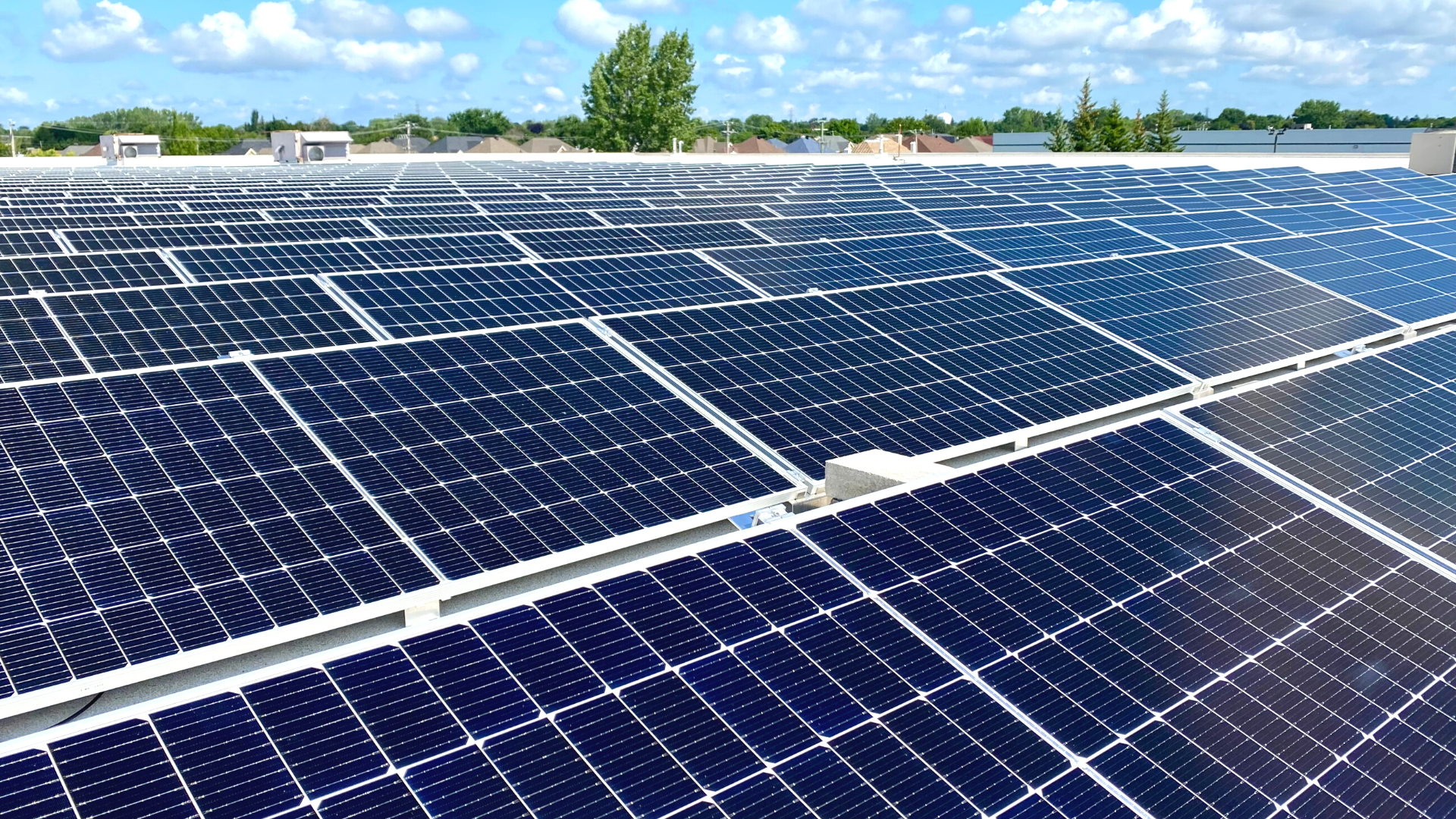EU Allowances Trading Solutions
The European Union emissions trading system (EU ETS) is a cap-and-trade system established with the ambitious goal of curbing carbon dioxide and other greenhouse gas emissions from key industries. These industries, including energy production, manufacturing, and aviation, collectively contribute to a significant portion of Europe’s carbon footprint. At the core of the EU ETS are emission allowances, commonly referred to as EU allowances or EUAs. These allowances serve as permits, granting businesses the right to emit a specific quantity of greenhouse gases. The total number of EU allowances is capped, and this cap decreases over successive phases of the program, driving a gradual reduction in overall emissions.
As a strategic partner, we leverage our experience in European environmental markets to help customers unlock the full potential of EU ETS compliance through EU allowances trading and innovative carbon reduction strategies. Contact our Environmental Commodities team for more information.
Imagine each EUA as a voucher granting the right to emit one tonne of CO2 equivalent (CO2e). Companies covered by the EU ETS, such as power plants and factories, need to hold enough EUAs to cover their annual emissions. Think of it as a carbon budget they can manage through:
- Buying EUAs: Companies can purchase EUAs at auctions held by EU member states.
- Trading EUAs: A secondary market allows companies to buy and sell EUAs amongst themselves, creating a dynamic price based on supply and demand.
- Receiving free allocations: Some industries, like aviation, initially receive a portion of their EUAs for free, though this is gradually decreasing.
Why it Matters: Driving Down Emissions
The total number of EUAs available steadily shrinks each year, creating a crucial incentive for companies to reduce their emissions. If they pollute more than their allocated EUAs, they face hefty fines. This cap-and-trade system encourages innovation and investment in cleaner technologies, pushing the EU towards its ambitious climate goals.
Benefits Beyond the Numbers:
The EU ETS delivers a range of benefits:
- Cost-effective emission reductions: This market-based approach allows companies to find the most efficient ways to cut emissions, potentially minimizing costs.
- Level playing field: The system applies to all covered sectors, creating a fair competition environment for businesses.
- Revenue for clean investments: Auction revenues from EUAs are partly used to support renewable energy and energy efficiency projects.
Challenges and the Future:
Like any complex system, the EU ETS faces challenges:
- Carbon leakage: Industries might relocate to countries with less stringent regulations, negating the overall emission reductions.
- Free allocation debate: The fairness and effectiveness of free allocations continue to be debated.
- Market stability: Managing the supply and demand of EUAs to ensure a stable carbon price is crucial.
Despite these challenges, the EU ETS remains a cornerstone of the EU’s climate action. With ongoing revisions and adjustments, it is evolving to become an even more effective tool in the fight against climate change.
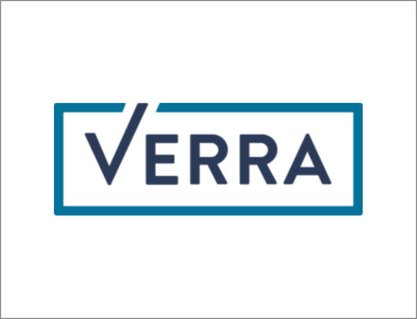 |
The Verra RegistryVerra is a global leader helping tackle the world’s environmental and social challenges by developing and managing standards that help the private sector, countries, and civil society achieve ambitious sustainable development and climate action goals. The standards and programs Verra develops and manages are globally applicable and advance action across a wide range of sectors and activities. Programs undergo extensive stakeholder consultation and expert review, and draw from four key components: standard, independent assessment, accounting methodologies, and registry.
|
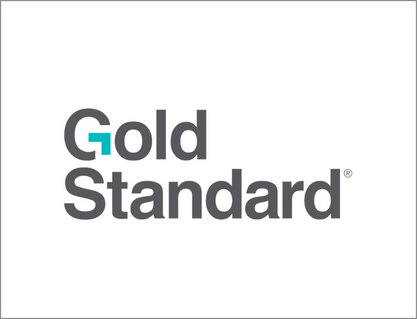 |
Gold StandardThe Gold Standard (GS) is a voluntary carbon offset program focused on progressing the United Nation’s Sustainable Development Goals and ensuring that project’s benefit their communities. It can be applied to voluntary offset and Clean Development Mechanism (CDM) projects. The GS CDM was launched in 2003 after a two-year consultation with stakeholders, governments, non-governmental organizations, and private sector specialists from over 40 countries. The GS for voluntary offset projects was launched in 2006. The GS project registry – containing all projects implemented through the standard was launched in 2018.
|
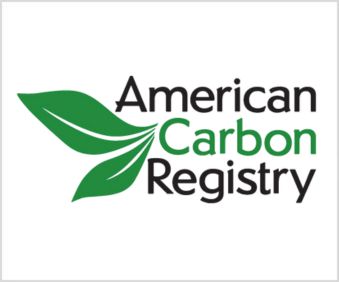 |
American Carbon Registry (ACR)The American Carbon Registry (ACR), a nonprofit enterprise of Winrock International, was founded in 1996 as the first private voluntary greenhouse gas registry in the world. Winrock operates ACR to create confidence in the environmental and scientific integrity of carbon offsets in order to accelerate transformational emission reduction actions.
|
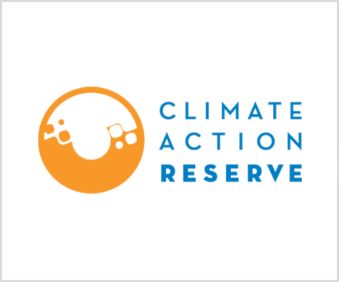 |
Climate Action Reserve (CAR)The Climate Action Reserve (CAR) is an offset registry for global carbon markets. CAR establishes high quality standards for carbon offset projects, oversees independent third-party verification bodies, issues carbon credits generated from such projects and tracks the transaction of credits over time in a transparent, publicly-accessible system.
|
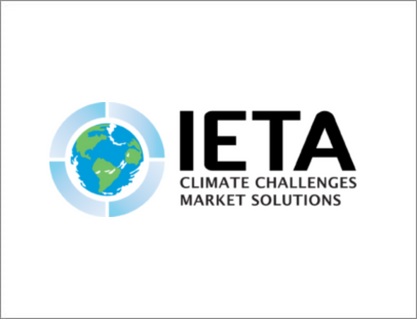 |
International Emissions Trading Association (IETA)The International Emissions Trading Association (IETA) is a non-profit association with more than 250 members who are active stakeholders in the international carbon and emissions markets. The organization was created in 1999 to establish a global framework for greenhouse gas emission reductions trading.
|
|
|
|
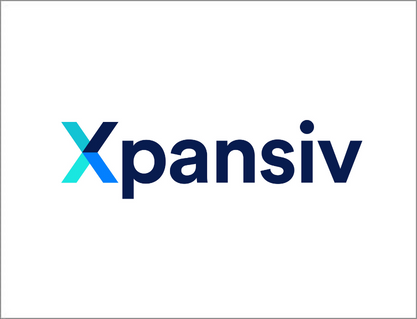 |
Xpansiv CBLCBL has established the first of its kind Standard Instruments Program (SIP) to build on market infrastructure to accompany and govern the launch of spot contracts for the settlement and physical delivery of environmental commodities across existing registries that can be determined as meeting certain defined, standardized criteria for market quality and performance. |
Related Content

Carbon Offsets
A carbon offset is a transferrable credit certified by governments or certifying bodies to represent an emission reduction of one metric tonne of CO2, or an equivalent amount of other GHGs.
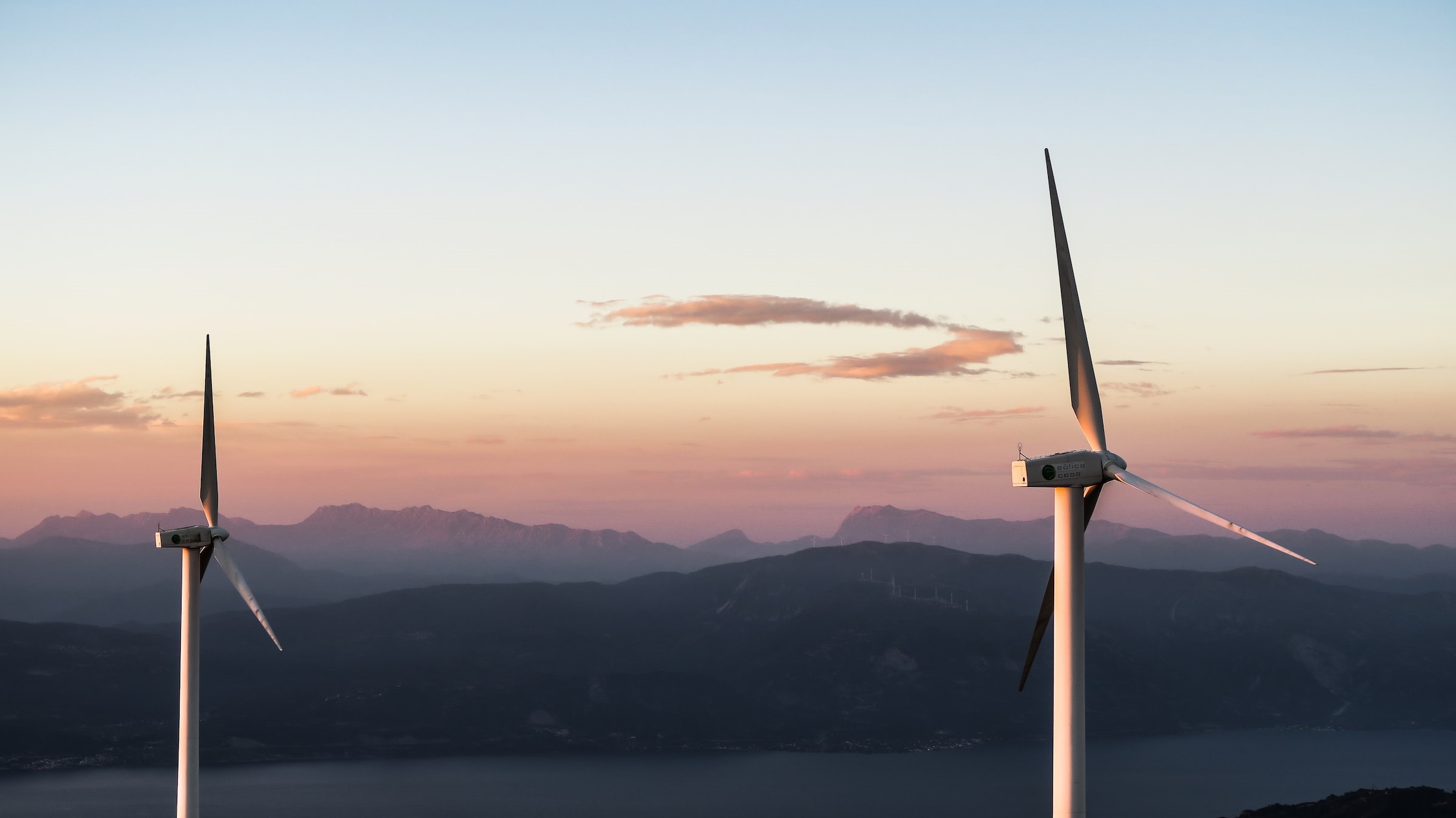
Carbon Markets
Global carbon markets are broken down into two major market types; voluntary carbon markets (also known as VCMs) and compliance carbon markets, which vary by jurisdiction.

Carbon Trading
Carbon Trading is a market-based approach to slowing global warming. Supply and demand set the commodity price on carbon credits, offsets, and renewable energy certificates (RECs).
Environmental Commodities
Learn more about our carbon credit, carbon offset and renewable energy certificate (REC) programs & solutions for compliance and voluntary carbon markets around the world.
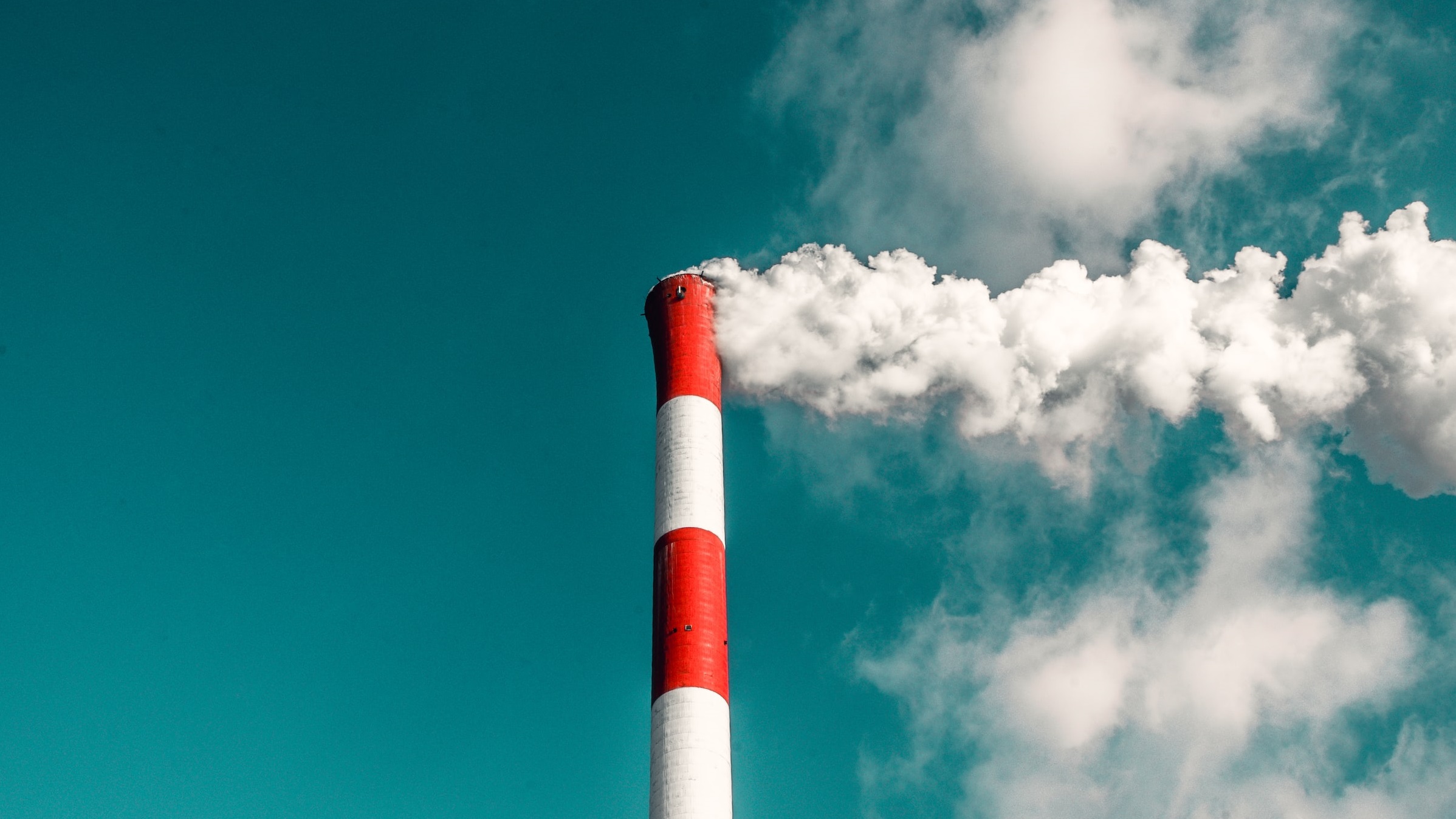
Carbon Pricing
A carbon price typically appears as a carbon tax or in emissions trading, with the main policy instrument being an Emissions Trading System (ETS), also known as Cap-and-Trade (CAT) program.
